Most Danes will not tell you how to “be Danish,” but for the curious visitor, they will point out with a polite smile, “That’s very Danish!”
If you’re a visitor like I was for the first time this summer, this will begin a grand chase of asking what “being very Danish” means. From books to podcasts to pestering new friends on Facebook messenger, my search continues!
Denmark routinely tops lists of countries ranked by happiness, and writers frequently investigate the legitimacy of Scandinavia’s apparent happiness and educational slam dunks. The plethora of books like “The Little Book of Hygge,” “The Almost Nearly Perfect People” and, literally, “How to Be Danish” certainly speaks to global interest.
Now, the essence of any culture will live in the food, the climate, the geography, the history, the family structure and the expectations of health and happiness of its people — not in a single article or book. But as you may have toyed with the thought of what warrants a photo the hashtag #thatsdarling, I think we can agree that there is a feeling of what is and what may not be.
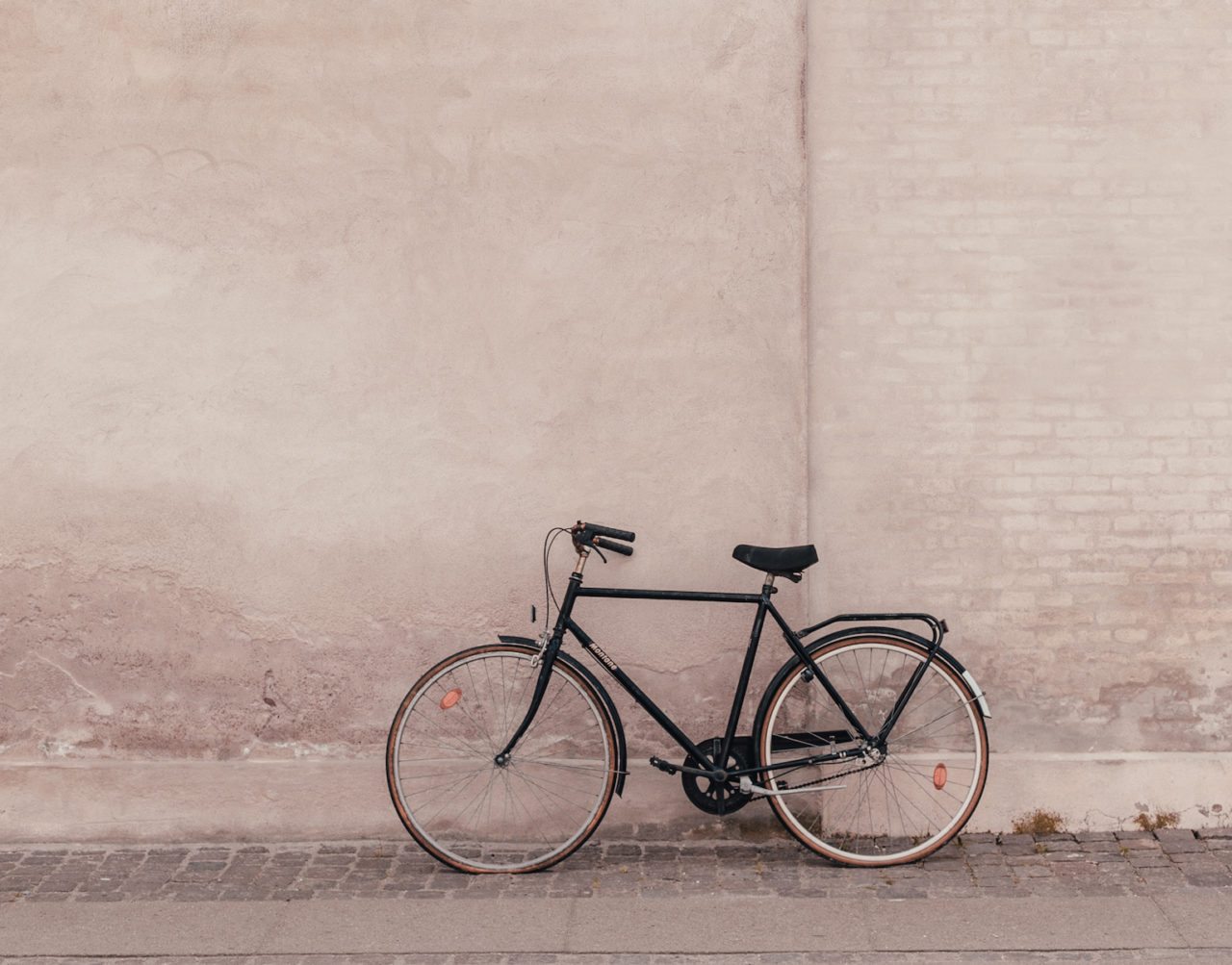
For Denmark, does that feeling reside amongst the hedges of Assistens Cemetery where Andersen, Bohr and Kierkegaard are buried? In a raincoat on a bike? In a candle surrounded by glasses of wine and laughter? In a thin slice of coarse rye bread for breakfast or the close of a long summer’s daylight at 10:30pm?
It’s honestly got to be in happiness. I couldn’t walk away from simple statements of new locals saying, “We moved here for the quality of life.” They might not always be the first to extend it, but Danes are warm with a self-deprecating and quick but inviting humor.
Here are a few of those invitations:
MAXIMALISM BY WAY OF MINIMALISM
You might be surprised to hear that Danish fashion is laid black if the only “casual” you’re fluent in comes from L.A. (me). “I don’t think I’ve seen a single Dane who wasn’t stylish. Maybe one, max.” I admitted at a dinner table for eight.
Laughter erupted as one friend nudged another: “Well it’s a good thing you met us!”
“Hey! That’s his good shirt!” his wife laughed in his defense.
I had spent most of my time in Copenhagen and on the island of Bornholm at some of the top of its culinary culture and boutique hotels. I was so glad to meet some friends of friends (and friends, of friends, of friends) but even at the beautiful seaside hotel Nordlandet in Alligne, I encountered an ease amidst impeccably succinct design.
Too often it seemed my questioning broached my own cultural ideals of a sort of singular independence. “What’s different about a restaurant owning a hotel? What’s new here? Who is the creative director?”
The simplest answer that stuck out to me was this, “We just want to have a relaxed, nice time. You know, chill.” It’s humbling to relate at such a simple level. You kind of have to let yourself.
The Danish brand of minimalism lets a sort of maximalism for life flow through it. You know, chill.
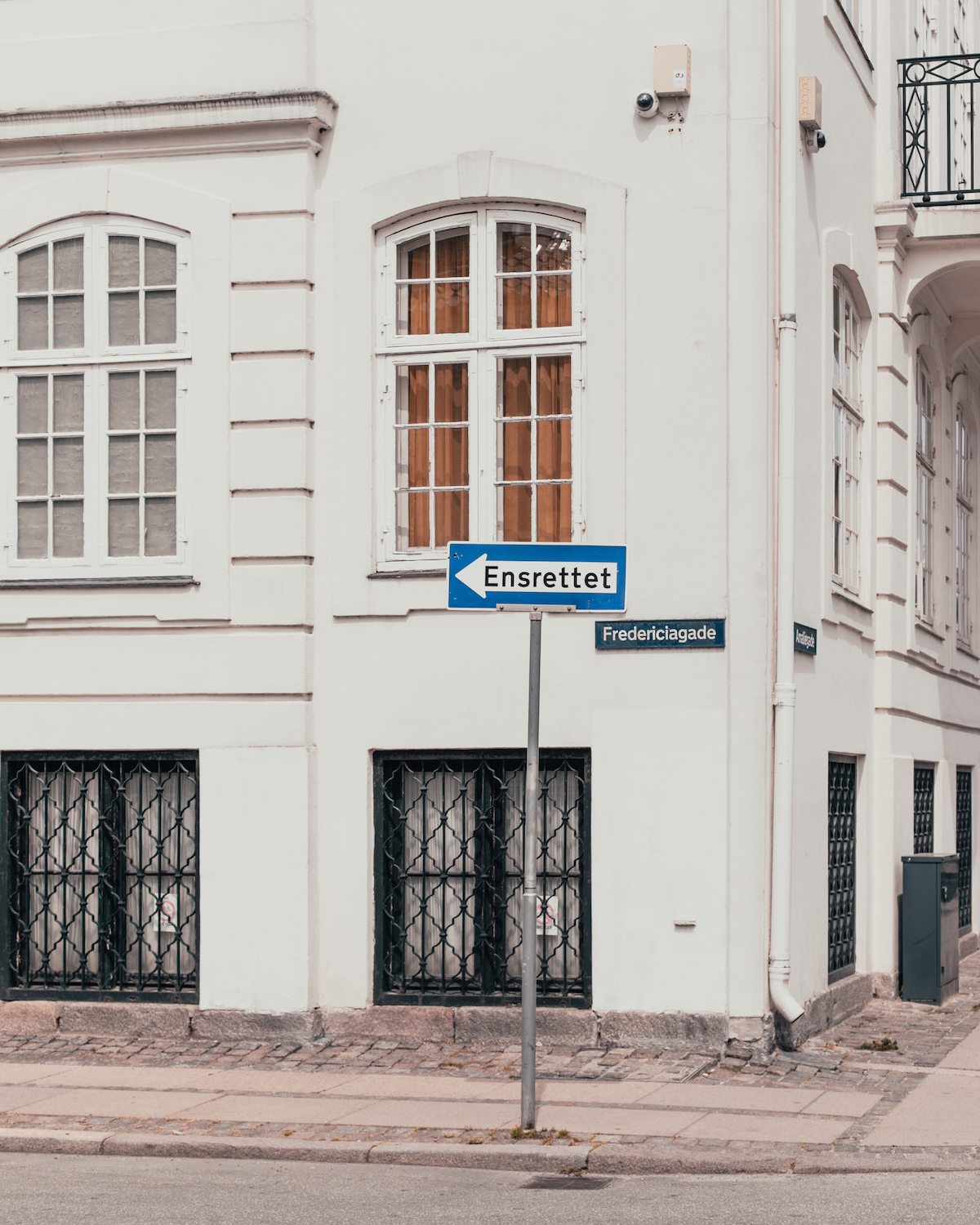
FLAT STRUCTURE
Socializing is important in Denmark, perhaps especially in business. Denmark may work almost half the number of weekly hours they did 100 years ago, but I don’t disagree with a more open discussion on feasible work-life balance. Something that doesn’t really exist in Denmark is a strict corporate hierarchy. Of course there is respect for authority, but really any blind ambition (and sadly some good ambition at that) is cut off by janteloven, the Danish “law” stating that no one person is more important than another.
Space is made for individuals amidst a sort of group choir. During a tour of the Lakrids by Johan Bülow liquorice factory, I was surprised to hear that liquorice makers are allowed to ad lib a bit in choices of coloring and ratios of chocolate to liquorice for flavors like Salt & Caramel, Elderflower and Coffee. For ardent fans, it can become a hunt to find your favorite maker’s name marked on a round can of chocolate-covered liquorice.
Brøchner Hotels offer unique experiences in each of their boutique hotels (like the MOST luxe bunk beds at Hotel Danmark), but as of yet their four hotels are each located in Copenhagen, a short bike ride for executives to personally check on how each is doing.
The Danish brand of minimalism lets a sort of maximalism for life flow through it. You know, chill.
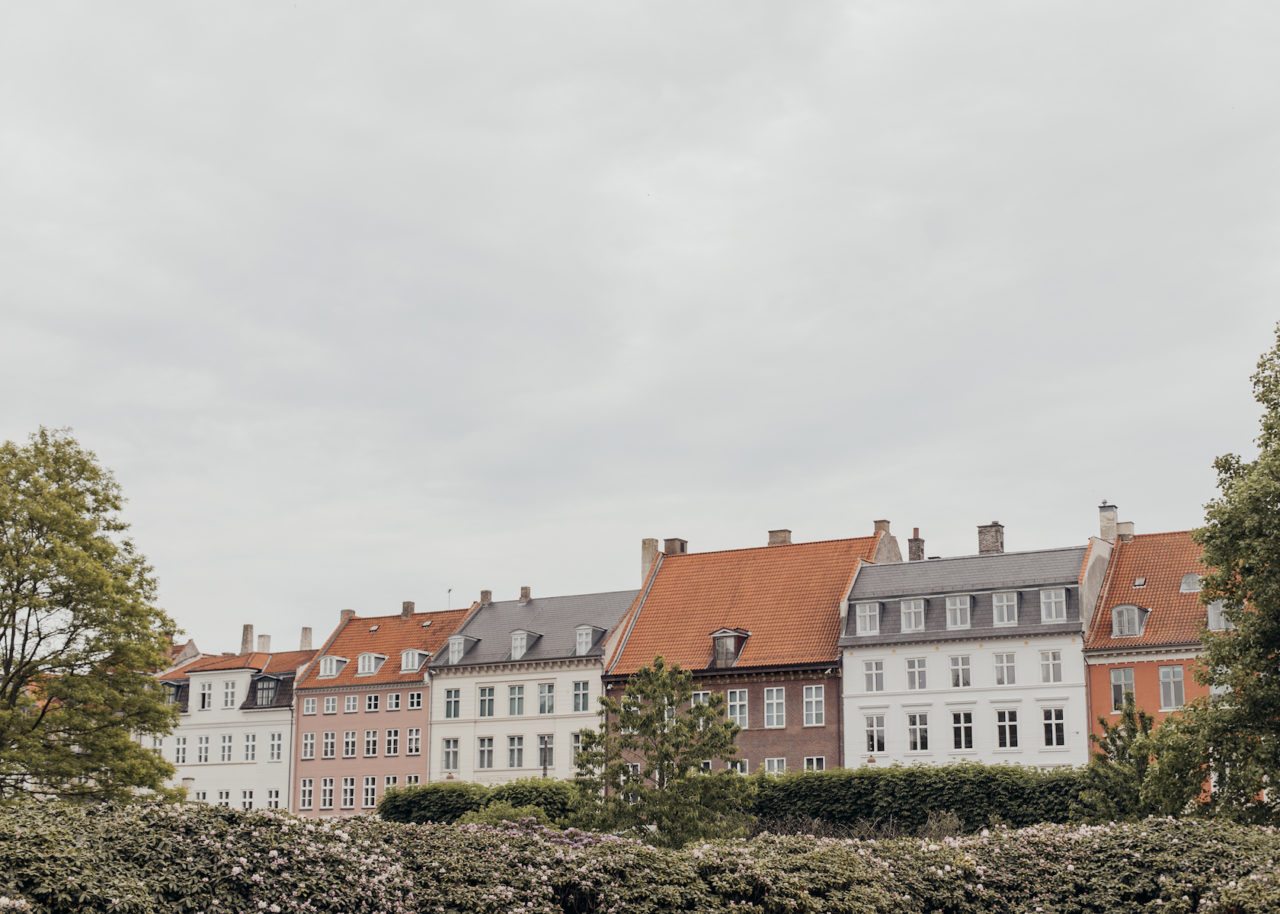
HAPPINESS AS COMMUNITY EFFORT
My favorite piece of Danish research post-visit is journalist Anu Partanen’s thesis of “The Nordic Theory of Love,” a theme that desires and plans for an equal chance of a full and happy life for all, independent of one’s parents’ economic status or regional point of origin. A naturalized citizen of the U.S., she draws on her mother culture of Finland to explain cultural oddities she found in moving to New York.
Cultural structures that define Denmark’s patriotism and reason for its method of government are unique to the country and aren’t necessarily easily transferable to outside societies. But like my friend’s fondness for the word “chill,” there’s a refreshing bit we can learn in prioritizing simple happiness, together. Health means everyone is to be healthy. Happiness is to mean all should have a chance to find it.
If I’ve aimed to take away anything from my amateur studies on “being Danish,” it’s a matter-of-fact perspective on health through happiness, humor and equality. While that’s not always clearly defined and executed, this tenet was shared with me at Kurhotel Skodsborg my first day in Denmark: Make the healthy choice the easy choice.
What do you think “being Danish” means?
Images via Grace Rivera
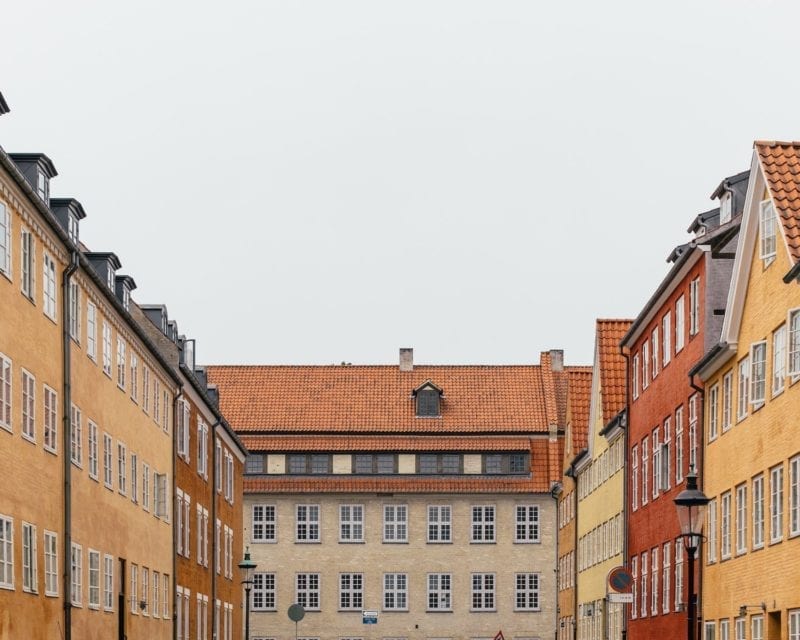
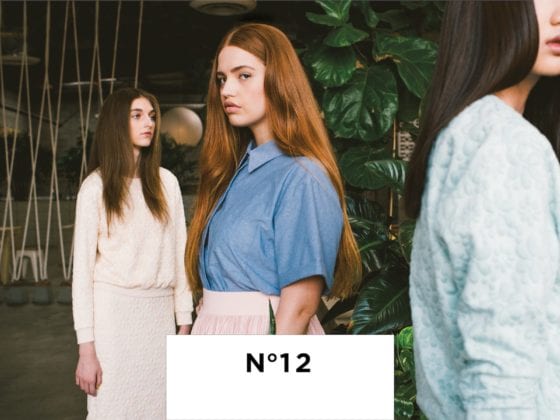
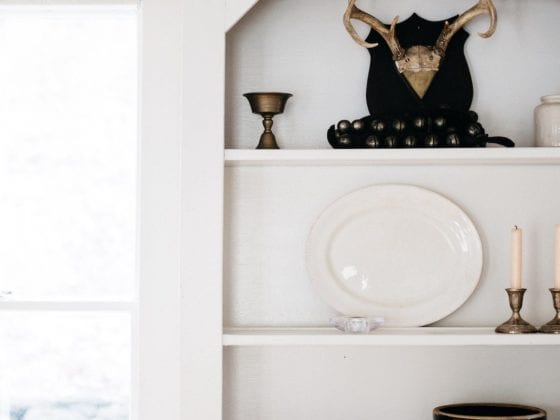

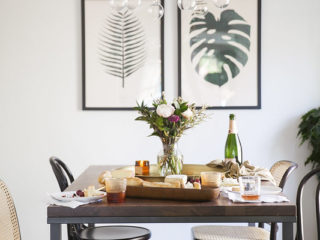




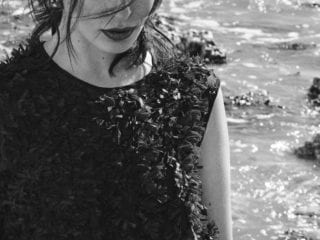
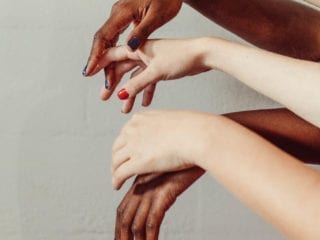
4 comments
Beautifully written, Melanie. Great job!
Thanks Charmaine! 🙂
Yes! When it comes to hospitality in the home, everything I’ve heard speaks to hygge living in the preparation of welcoming people into comfort. A party isn’t thrown together as guests show up, instead, a space is made for people to be invited into. 🙂
I love the last point of happiness. I think we can all learn from that!
–
Charmaine Ng | Architecture & Lifestyle Blog
http://charmainenyw.com